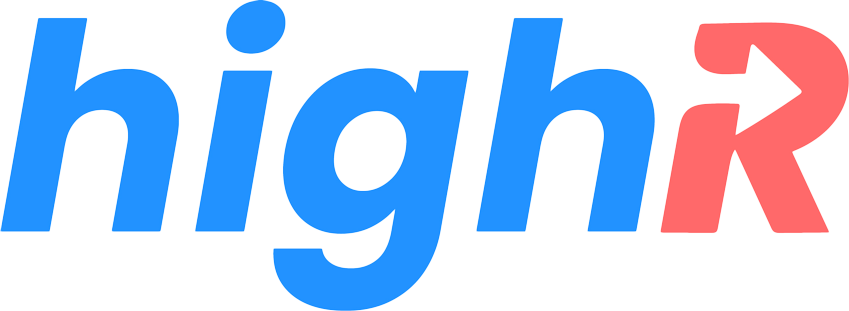Header bidding has transformed the digital advertising market, providing publishers with increased income potential. However, header bidding, like any other system, has its drawbacks. This essay investigates the most prevalent issues that publishers have with header bidding and offers practical strategies to address them. Understanding and addressing these problems, which range from latency issues to ad quality concerns and technical complications, is critical for optimizing header bidding performance and maximizing revenue potential.
I. Latency Challenges and Solutions:
Increased Page Load Times: Excessive header bidding tags and lengthy auction processes might cause website load times to be slower. Implementing asynchronous loading, lazy loading, or using prebid.js to load bid requests asynchronously are some solutions.
Timeout Optimization: It is critical to fine-tune bid response timeout settings in order to achieve a balance between maximizing bid opportunities and minimizing delay. Analyze bid response times on a regular basis and alter timeout numbers as needed.
II. Ad Quality and Brand Safety:
Ad Quality Control: Implement strong quality control techniques to guarantee that ads displayed via header bidding are of high quality and adhere to your brand’s requirements. To monitor and filter ad creatives, collaborate with reliable demand sources and use ad verification technologies.
Brand Safety Measures: Use brand safety tools and practices to keep your website and visitors safe from unsuitable or damaging advertisements. To reduce brand safety risks, use content classification, keyword filters, and third-party verification services.
III. Technical Complexities and Troubleshooting:
Header Bidding Wrapper Management: Choose a trustworthy header bidding wrapper or technology vendor and remain up to date on their newest versions and updates. Test and evaluate your header bidding arrangement on a regular basis to ensure smooth integration and rapid resolution of any technical concerns.
Debugging and Monitoring: Implement comprehensive monitoring systems to effectively discover and handle technical issues. Diagnose and fix issues with bid requests, ad rendering, or configuration using console logging, network monitoring, and real-time analytics.
IV. Demand Partner Optimization:
Performance Evaluation: Evaluate the performance of demand partners on a regular basis using key indicators like bid rates, CPMs, and fill rates. Remove underperformers and prioritize those who consistently provide valuable bids.
Partner Communication: Keep lines of communication open with demand partners. To establish a mutually beneficial cooperation, discuss performance statistics, work on optimisations, and address any problems or difficulties as soon as possible.
Conclusion:
While header bidding has enormous potential for publishers, it is critical to overcome the frequent issues that arise during implementation. Publishers can optimize their header bidding setup and get greater results by recognising and proactively addressing obstacles such as latency, ad quality, technological complexity, and demand partner optimisation. Publishers may reduce latency, maintain ad quality and brand protection, streamline technical operations, and maximize income potential by using the offered solutions. Publishers may unlock the full potential of header bidding and achieve success in their digital advertising campaigns by paying close attention to these difficulties and effective problem-solving.

